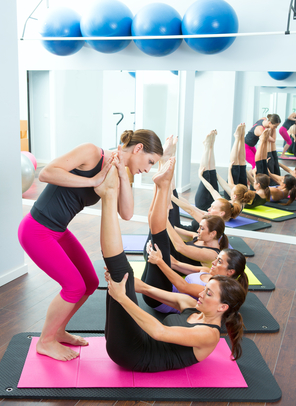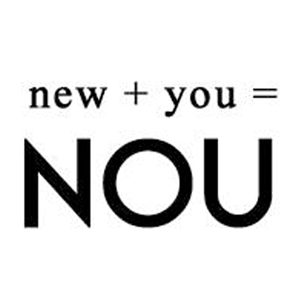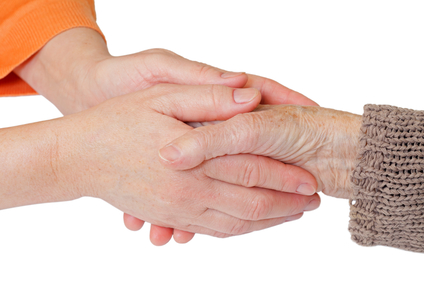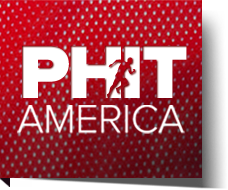Kinesiotherapist: The Transitional Rehabilitation Specialist
Kinesiotherapy (KT) is a highly specialized and yet extremely adaptable therapeutic discipline. A Registered Kinesiotherapist (RKT) is equipped with knowledge and skills to bridge any gap between acute illness and physical wellness. The RKT uses two fundamental modalities, exercise and education, to help improve functional loss in their clients.

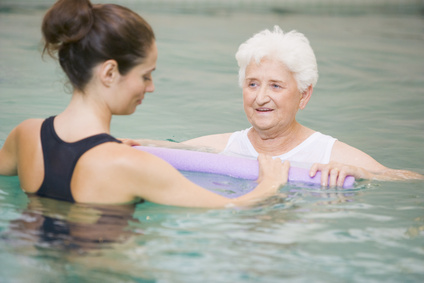

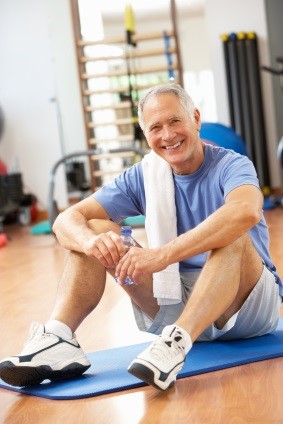
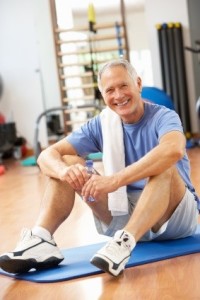 When working out in the gym, it is important to start with a ten minute warm- up and shorter sessions, slowly working up to a thirty minute workout. Seeking the help of a personal trainer is very beneficial since each person with Parkinson’s is different. Personal Trainers can prescribe safe exercises, and show you what level you should begin working out.
When working out in the gym, it is important to start with a ten minute warm- up and shorter sessions, slowly working up to a thirty minute workout. Seeking the help of a personal trainer is very beneficial since each person with Parkinson’s is different. Personal Trainers can prescribe safe exercises, and show you what level you should begin working out.